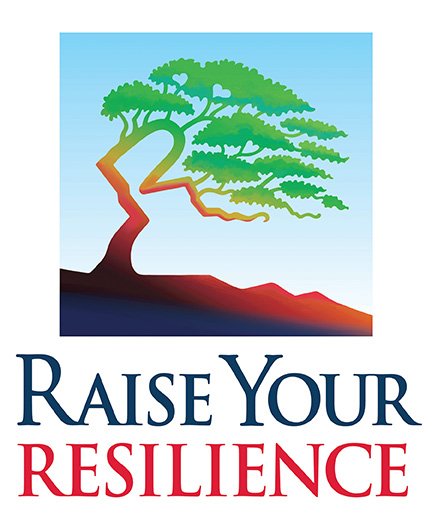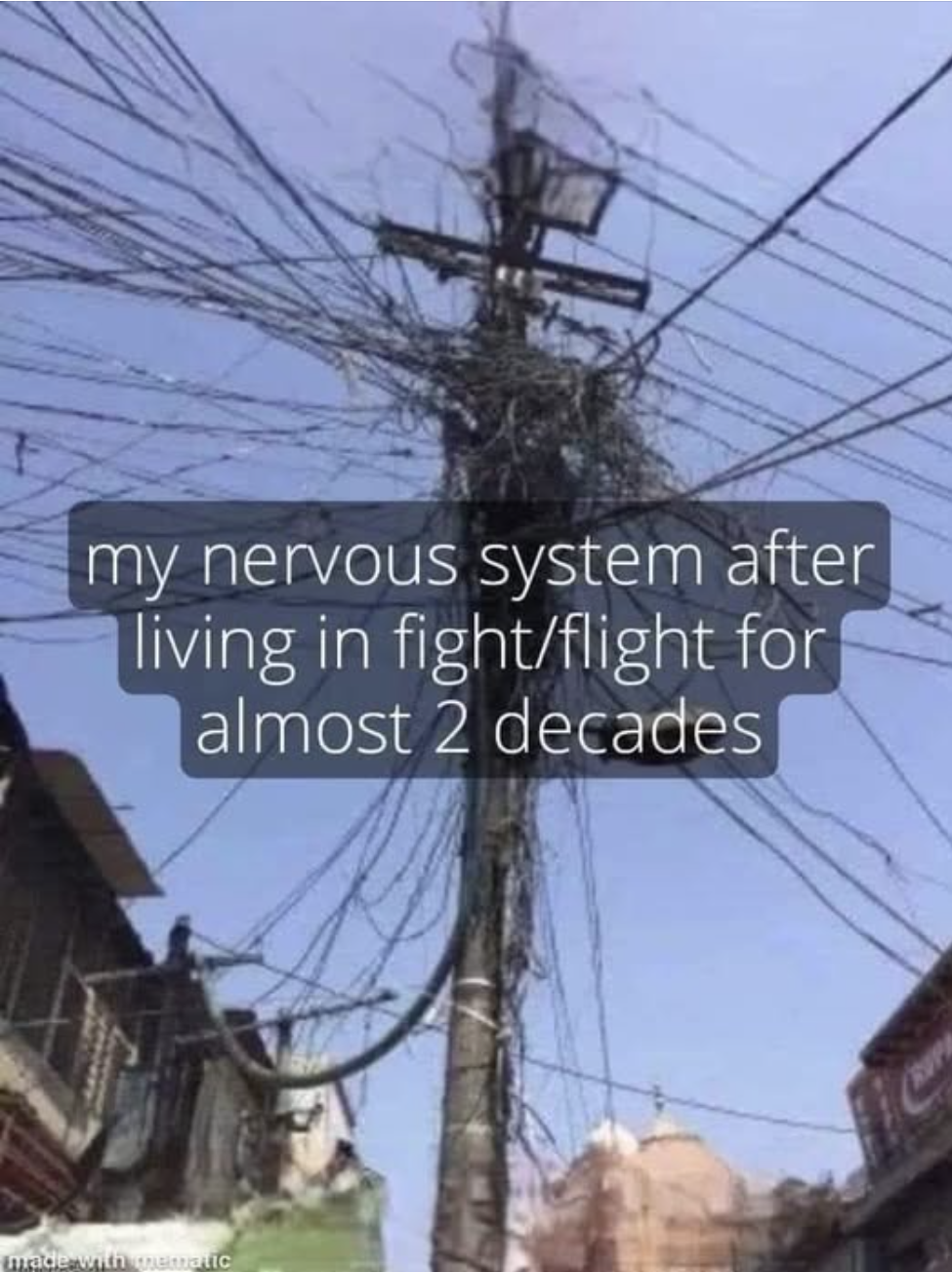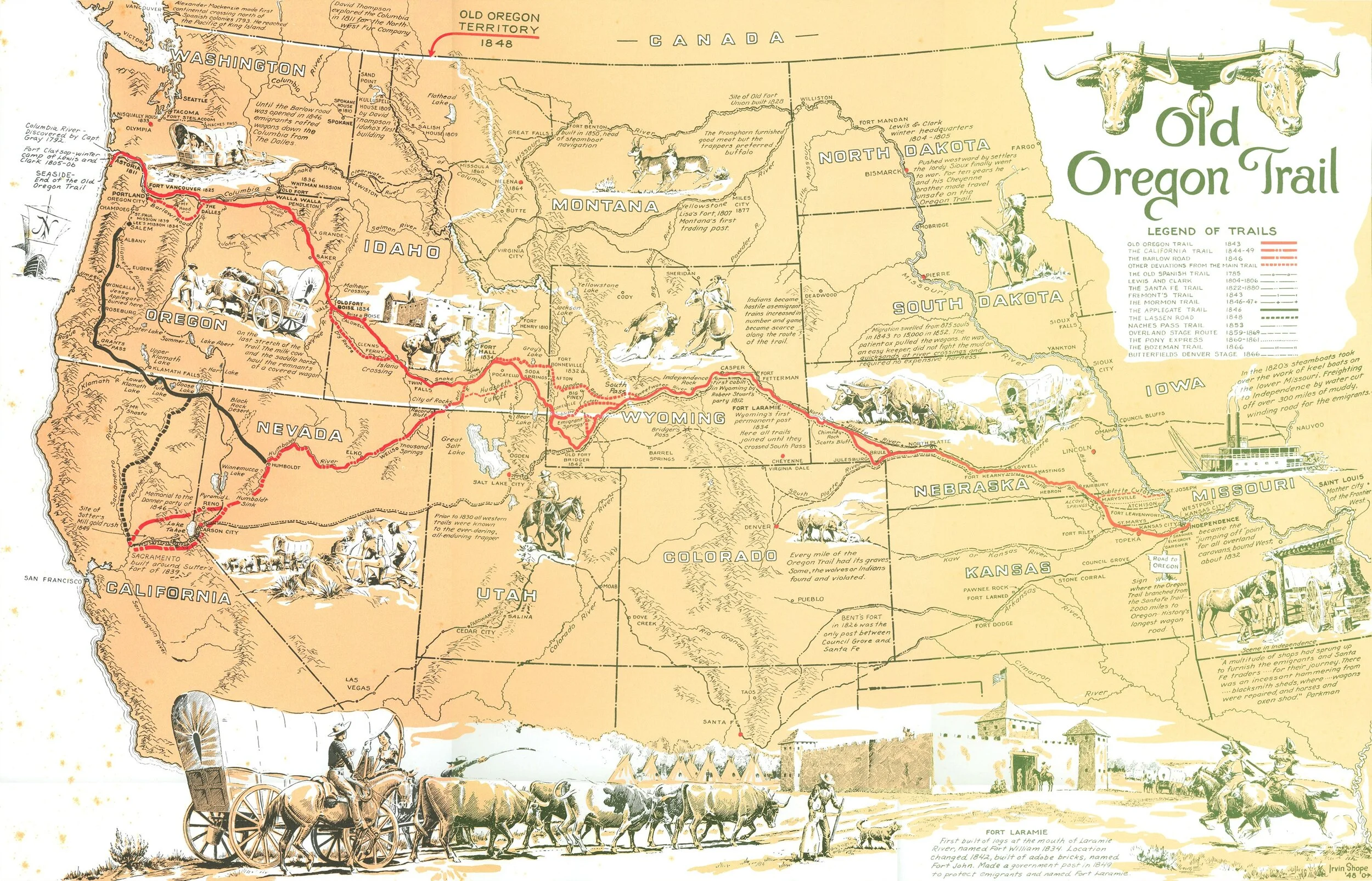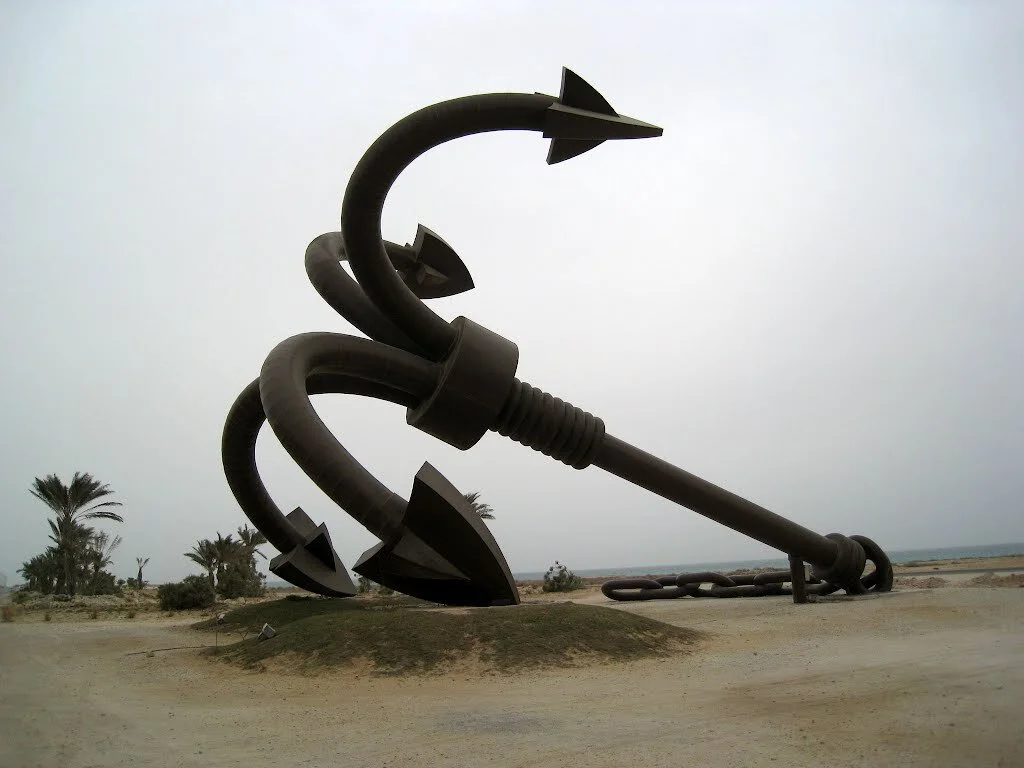Oh my. Light years it seems. As astrophysicists talk about the echoes of the cosmic microwave background, it is what I feel similarly in my being, the faint, oh so faint echoes of my trauma past. Sometimes when I tell people my story, the look at me I like I just made it up. “I don’t think I would have liked you,” they have said to me.
“I didn’t like me either, “ I reply.
One time I was talking to a vet, and he said, “I can see it’s (my trauma healing) working.”
How so?” I asked.
”You’re smiling.”
And one of my favorites:
”I don’t think we can see each other, other than if we run into each other in a store or something.”
I was a little disappointed. “May I ask why?”
She said, “You’re too evolved for me. You’re a rare man, like none I’ve encountered. You’re patient, I don’t know what to do with your kindness, and you have no problems talking about your feelings. That is too unfamiliar for me.”
This from the man whose reputation was “aloof.”
Light years, and yet all in my sixty nine years of living. Frankly, in the 7 years it took to heal. I started the foundation of that work with tremoring in 2013. The capstone was in 2019, when my then partner asked me to move out. Justifiably so. But what was coming….
“Where did you learn how to be this way?” she asked smiling.
“I healed my trauma.”
I know that sounds a bit saucy, but it wasn’t. It was a nicely comfortable moment where she knew she was being heard, validated, listened to, and loved. It was after hours spent cleaning the roof of her place, a time when real intimacy can be created.
My foundation in life? Two parents that had PTSD from being in a war, one as a vet that saw action, one who did well, I’m not sure what. She required two large bodyguards though. Either way, they had more than enough on their plates by the time children came along. Especially a third, which I was. They weren’t happy, and that sort of vibe runs right through a family. And I became the poster child for emotional neglect.
That could have started in utero for all I know. Both did the “responsible” adult level of drinking, which in all my years with them I never saw them drunk that I know of, and they both smoked. At dinner, while driving in the car, while pregnant. And they did that for whatever reasons they had to do so. Addiction, and that is never about an accident, It’s about pain. Fear.
The developmental stages in a child as I understand them are connection to our own body (it’s needs and want’s being met), attunement and attachment, those all lead to trust, and those four lead to the ability to learn to self-regulate, which leads to the ability to respond appropriately when the hormone train arrives. Imagine then a child rearing philosophy that says the child’s needs are predicated around the mom’s life. Fed on her schedule. Then back to the crib. Changed around that schedule as well, despite what actually happens. Gnawing hunger to a nascent mind that has no words to describe or think ahead? The burn of uric acid and/or with feces added? Crying that is ignored? Cuddling!? Are you kidding!? I think that philosophy was conveniently glommed onto, although it was a nightmare for kids.
The first disconnect is physical, and still the nervous system is looking for attachment. The attunement is already jeopardized, if not gone. And guess what? Because kids didn’t fit this molded life, they become the problem. They are treated that way if not finally having it said to them - “You’ve always been a problem.” “You’re too needy.” And because I don’t learn to attune and securely attach, yea, that little nervous system develops a dysfunctional attachment response, while still looking for a secure one. Relationships then into the 20s, 30s, 40s, 50s…..
Romantic relationships. Friendships. Work relationships. Neighbors. All based around the ability to be grounded in your own body, able to attune to others, and have healthy boundaries. All that can be sacrificed to the inability of parents to attune and attach to their own child, not because of malicious intent. Because of their own lack of capacity. Their own pain. Hurt people, hurt people.
What followed that emotional neglect behaviorally, always looking for someone to love me. Which assuredly, will become an addiction to kill that pain of not knowing why my own mom didn’t love me, or couldn’t. Surely, I know now, it wasn’t me. My first addiction was drugs starting at age 13. Although I might consider reading as an escape that started prior to that. Both a way to escape this world. Then back into other behaviors to try and win that love. At age 21 I had to give up drugs and alcohol or they would have done me in. Then came religion. All the do-this-and-don’t-do-that dogma, regardless if it came from the west or the east. That ate up 13 years of my life, and when I needed it the most? Those dogmas didn’t fail me, the people with whom I devotedly shared them did.
Then I can add other things in there like relationships that included sex, community theater, and the best looking one of all, being a firefight/EMT/rescue operator. While being in a wine club! (A little bit of full circle there, huh?) And as the lyric reminds me, “ten years have got behind me, no one told me when to run, I missed the starting gun.” Except I had moved from 21 to 47 when I moved across the country to try a new environment.
Moving kinda helped. It changed most of the addictions at least that were tapering off any way as unhelpful behaviors. Being a bit closer to the natural world might have had something to do with it, even though other symptoms were still predominant. That was evidence by my collapse on Christmas Day, 2011.
A little less than two years later I was introduced to tremoring. The pain that drove the addictions? Healed. neurophysiological state? Out of fight/flight/freeze into social engagement. Physiology? Back into equilibrium? What does all this mean?
It means I am physically, emotionally, cognitively, socially, spiritually, and environmentally accessible, response-able, and engaged.
These definitions are based on my lived experience of healing. Healing changed me completely, and you might notice some overlap, as these are integrated experiences. Physical experiences are spiritual, emotional, cognitive, mostly social, and environmental. The level of joy in that is quite amazing, peaceful, exhilarating, sometimes shoutingly, jumpingly so, and sometime just letting the bliss take you away in quiet. Anger can be felt in the fire of rage - you know what? Let me use this analogy. Aspirin is derived from the willow tree bark. The inside pith of it. Natives used to just chew on it as an analgesic. Someone somewhere isolated the chemical we now call aspirin, and that became our pain killer. However, aspirin cause hemorrhaging in the human body. Slightly for the most part, but it is an official warning on the drug because it has killed people. In the bark though, that doesn’t occur. Why? Because the bark contains other chemicals that constrain that side effect. The same goes for Valium. It’s the isolated chemical from valerian, which again has other chemicals to constrain the Western practice of isolating something from it’s natural context and calling it medicine. Any opiate is the same way.
That rage can have similar constraining influences if you will, because the whole human is involved in the experience. Before I rage raged, and now? I can bring cognition to bear, assessing whether this has the value of added anger, and the other facts of resilience into the context to inform my almost instant decision to get angry. And at a certain point in time, you realize that anger isn’t called for most of the time, although action might be.
Grief can be that same way, as we feel this anger, and then joy and maybe nothing, and then we find ourselves all over the place emotionally in this one experience. Do I grieve that my favorite team lost? Nah. overall, in terms of things I value, millionaires playing for billionaires and then arguing about who gets what slice of the pie (fans not included in that), has less value to me. A friend dying? My childrens’ pains? Parental death? Yes, those things I grieve. The destruction of humanity? Greed that hurts others? Unnecessary violence? You bet. And in those experiences with my whole life being involved, makes them all richer, deeper, full of meaning.
How far have I come? Light years. I can love now, and be loved. That alone has been worth it. That result makes me want to go where I have never gone before. To that I say, oh humanaut, engage……




































